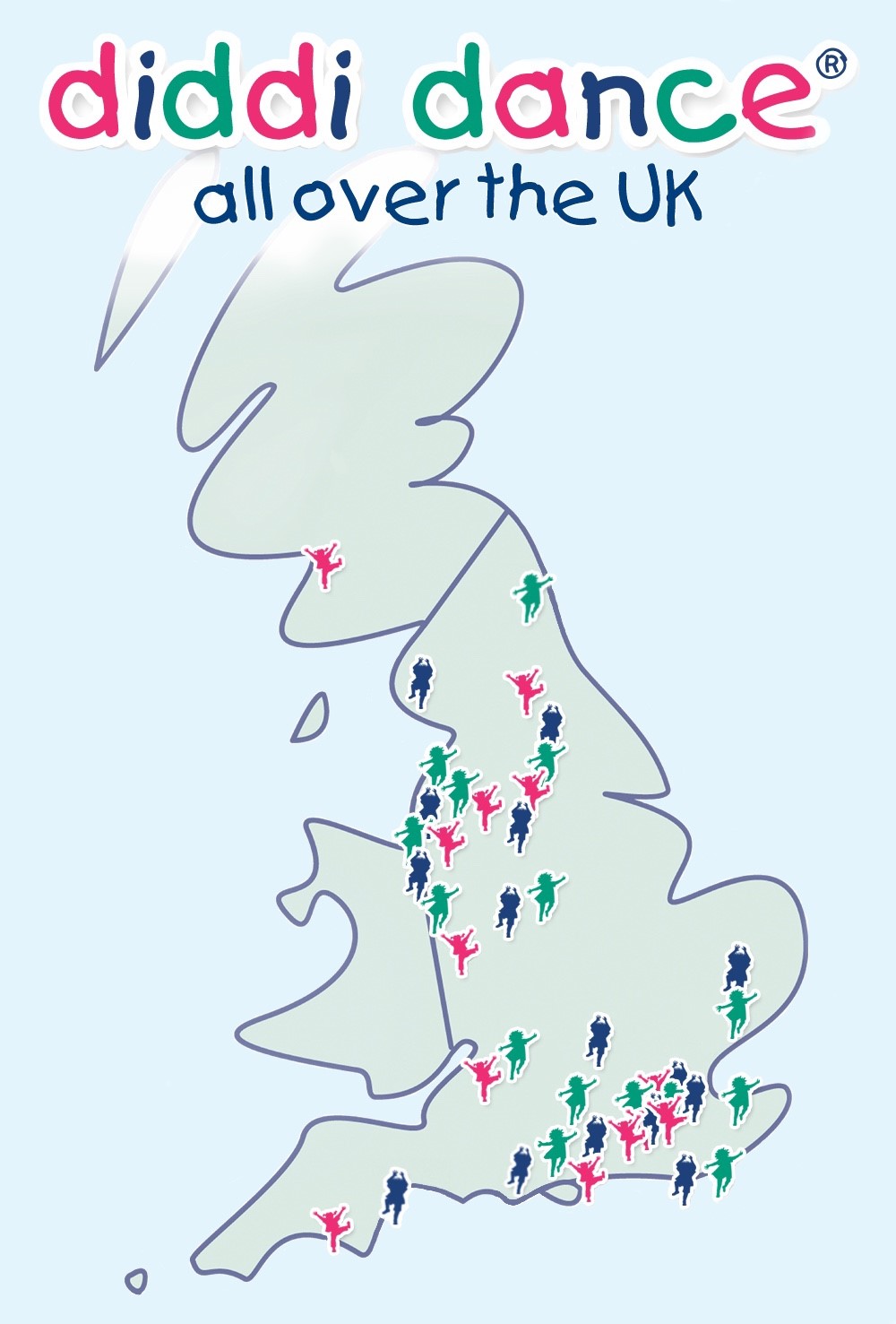As a parent we all know how important it is for our children to be physically active but did you know that such habits could be set by the age of 5?
How children view activities and classes at an early age can impact how they continue to view them into later life. Therefore, classes in the preschool market are key to get involved in so toddlers can be inspired to see an activity as engaging, encouraging and most of all FUN while as a parent we can see the health and educational benefits behind them.
Sports, music and drama are fantastic activities to get involved in for this age group however our passion is for dancing. Moving to music is a natural instinct when you are a baby and we believe dance is a great non-competitive, gender-neutral way of getting very young children physically active.
One great benefit of your little one attending a dance class is the active brain development they will receive from it. The development of the brain is most rapid within the first 3 years of a child’s life, so by taking part in an activity that encourages repetition, which is how the brain learns and improves, your child will develop at a faster pace. As well as repetition being important for brain development, crossing the midline is also a helpful task. By performing multiple movements throughout a class that go across the body from right to left but also explore top to bottom and front to back – all of which are midlines – children are encouraging the connection between the brain and the body.
Dance not only helps with brain development but also with core physical skills such as hand/eye coordination and gross & fine motor skills. It also encourages creativity, spatial awareness and language/speech development. Dance also helps build confidence, too. Many parents don’t realise how important it is to start building their little one’s confidence from an early age, however the Government’s standards set for the Early Year’s Foundation Stage Framework state that from birth to the age of 5 a child’s development through socialisation is vital for them to fulfil their potential in later life. Dance is perfect for this through repetition, sharing and close contact with others – both their age & older. This is also a key part of Ofsted’s readiness for school provision.
Being physically active also promotes a healthy lifestyle. Childhood obesity is still very high and with the UK Government launching a campaign to encourage physical activity from early years, instilling a schedule of activities where children are encouraged to burn off energy in a safe & fun environment will help set the habit of being active naturally rather than forced. They will see it as enjoyable and then more likely to always want to be active and keep fit as they grow up.
Anne-Marie started diddi dance classes back in 2003 when she saw a gap in the market for funky dance classes, encouraging boys as much as girls with different dance styles apart from ballet. Classes are delivered in an age-appropriate way, encouraging even the shyest of children, over time, to participate and engage with moving to music. Parents and carers stay in our classes and this is key to children’s confidence growing plus they then not only get used to engaging with other children but other adults, as well. We also take into account all aspects of development children need to be receiving at their young age and make sure our classes are utilising all key areas for brain and physical development.
Dance is great for the whole family and if you can’t get to or find a class locally for your preschooler then there are lots you can do at home:
Play music regularly – Children have a natural love for music and will start to develop a sense of rhythm by listening to different types of music regularly. The music will also give them the freedom to start moving and grooving along to their favourite songs. We have some original diddi dance music you can purchase from our website or iTunes if you are wanting something age appropriate but different from nursery rhymes.
Watch dance on TV or YouTube – Children often copy and mimic the actions they see from others, especially when they watch the bubbly and enthusiastic presenters on children’s TV shows. There are plenty of children’s channels and programmes that include dance so encourage them to watch these and dance along. We also have a diddi dance YouTube channel with fun video clips featuring specific dance moves from our theme dances.
Try some basic moves – By showing your little ones some basic moves such as clapping, marching or stamping whilst waving, moving will become easier for them. By isolating body parts, for example, just moving shoulders up and down or wiggling your hips children will begin to explore different movements while building their co-ordination skills. On our Facebook page, we explore one basic move each week to help toddler both in and out of class perfect it!
Use props – Give your young ones something to dance with – an instrument such as a tambourine or toy guitar or props like pom poms or hula-hoops. Using instruments to shake, tap or bang along to the beat will help them to pick up the rhythm and props will help them to enhance and exaggerate their movements.
